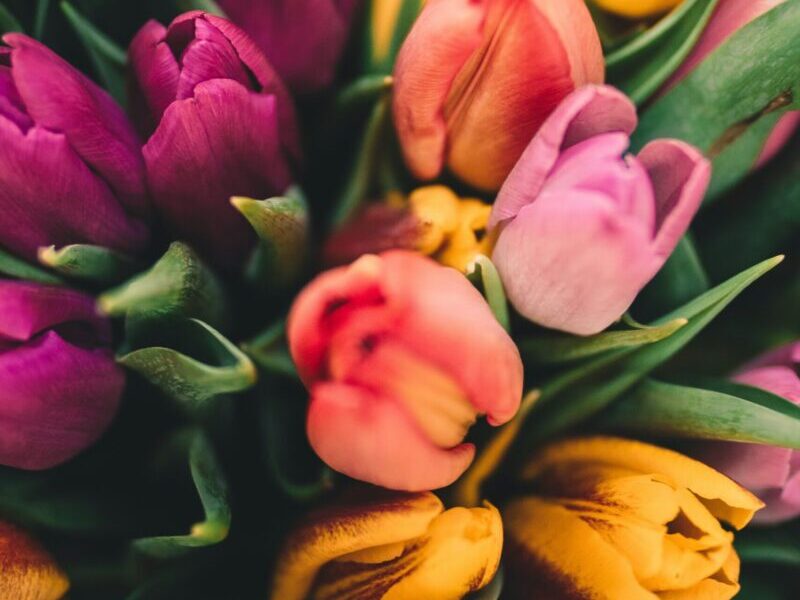Poetry Deep Dive: Free Verse vs Organic Form
In the vast landscape of poetry, two distinct forms stand out as rebels—they break away from traditional constraints like rhyme and meter. Free verse poetry and organic poetry, though the terms are often used interchangeably, possess unique characteristics that set them apart in the world of creative writing.
Free Verse
Like a wild river, free verse poetry flows without the shackles of a predetermined structure. It invites poets to make, break, and reinvent rhythmic patterns and rhyme schemes that have long governed poetic composition. In a world where rules are often synonymous with poetry, free verse emerges as a breath of fresh air. Here, the poet is free to experiment with language, rhythm, and form, allowing emotions and ideas to dictate the course of the poem.
One of the defining features of free verse poetry is its lack of a fixed meter. Traditional poems adhere to specific rhythmic patterns, creating a musicality that can be both enchanting and restrictive. Free verse, on the other hand, embraces a more conversational tone. It often mirrors the ebb and flow of natural speech, making it an accessible and relatable form of expression. Lines may vary in length, and the absence of rhyme fosters an open and organic feel.
See “Song of Myself,” and “I Sing the Body Electric,” by Walt Whitman, a pioneer of free verse poetry.
Organic Poetry
Organic poetry, like a blossoming garden, grows from the roots of natural inspiration. Unlike free verse, organic poetry does not reject all structures but embraces a structure that emerges organically from the content. It seeks to mirror the order found in nature itself. However, an organic poem can be written in free verse, if that’s the structure most suitable for the content. In organic poetry, form is not imposed; instead, it evolves as the poem takes shape, mirroring the growth patterns of the organic world.
The organic poet often draws inspiration from the environment, allowing the subject matter to guide the poem’s structure. It’s a harmonious dance between content and form, where the poem unfurls like a flower, each petal revealing itself in response to the poet’s creative intuition. This form of poetry mirrors the interconnectedness of all things, capturing the essence of life’s natural rhythm.
See “History as Process,” and “Legacy” by Amiri Baraka, a poet who let the political and pressing nature of his content shape the form.
While free verse and organic poetry share a rejection of strict rhyme and meter, their approach to structure sets them apart. Free verse poets revel in the freedom to shape their verses according to the emotional landscape of their thoughts. Organic poets, on the other hand, find structure within the natural world, allowing their words to bloom in harmony with the subject matter.
Both free verse and organic poetry contribute unique threads to the tapestry of poetic forms. Free verse, with its liberated spirit, allows poets to soar beyond the traditional constraints of form. It is a canvas where emotions can be painted without the limitations of predetermined strokes. Organic poetry, rooted in the natural world, embodies a symbiotic relationship between form and content, reflecting the interconnectedness of life. Both forms, in their own ways, celebrate the beauty of creative expression and contribute to the rich tapestry of poetic diversity.




